Discover the simple and effective steps to remove window paint, restoring your glass surfaces to their pristine condition.
Are you tired of looking at those unsightly paint stains on your windows? Whether it was accidental splatters or a previous owner’s poor choice in window decor, removing paint from windows can be a daunting task. But fear not, my fellow window enthusiasts! In this blog post, I will share with you some effective and hassle-free methods for removing paint from your precious panes.
So grab your cleaning supplies and let’s get started!
Key takeaways:
- Types of window paint: dry erase, acrylic, and glass.
- Gathering supplies: gloves, goggles, scraper, alcohol or vinegar solution, brush.
- Dry erase paint removal: wipe, alcohol, damp cloth.
- Acrylic paint removal: alcohol, cotton, scraper, gentle pressure.
- Glass paint removal: alcohol or acetone, scraper, gentle scraping.
Types of Window Paint
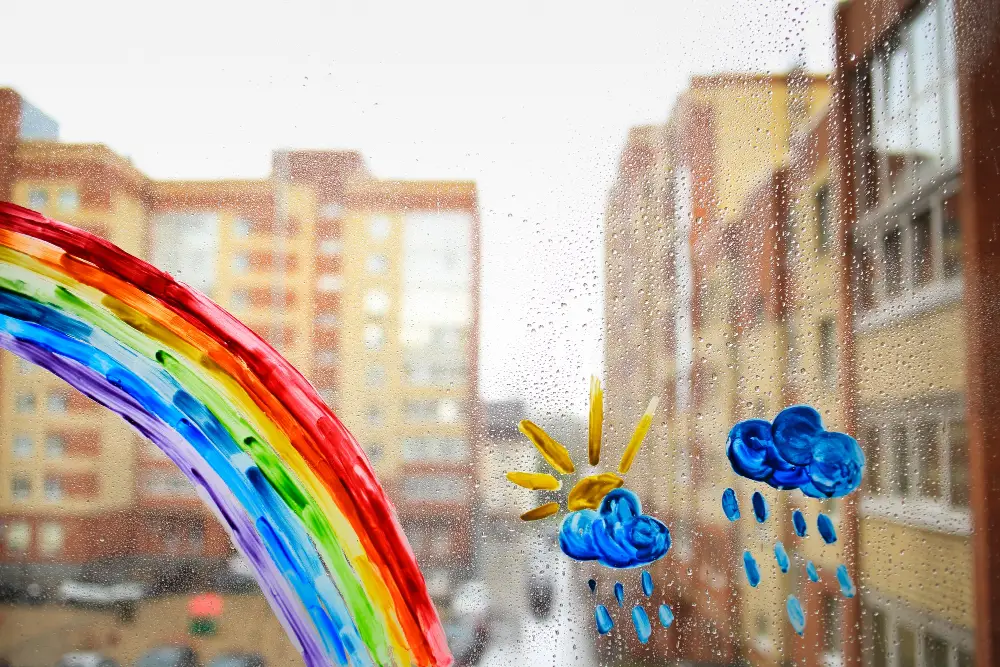
This knowledge will help you choose the most effective removal method and avoid damaging your glass surfaces.
The three main types of window paint are dry erase, acrylic, and glass. Dry erase is a type of whiteboard marker that can easily be wiped off with a cloth or eraser.
Acrylic paints are water-based and commonly used for art projects or DIY home decor. Glass paints are specially formulated to adhere to glass surfaces permanently.
Knowing which type of paint you’re dealing with will determine which supplies and techniques you should use when attempting to remove it from your windows.
Gathering Supplies

Depending on the type of paint and how long it has been on your windows, some methods may require more effort or specific tools. Here are some basic items you’ll need:
- Protective gloves
- Safety goggles
- Razor blade scraper (with replacement blades)
- Rubbing alcohol or vinegar solution
- Soft-bristled brush or sponge
- Mineral spirits or acetone (for tougher stains)
- It’s also a good idea to have a bucket of warm water and mild soap nearby for general cleaning purposes. Once you’ve gathered all your supplies, put on your protective gear and let’s get started!
Dry Erase Paint Removal
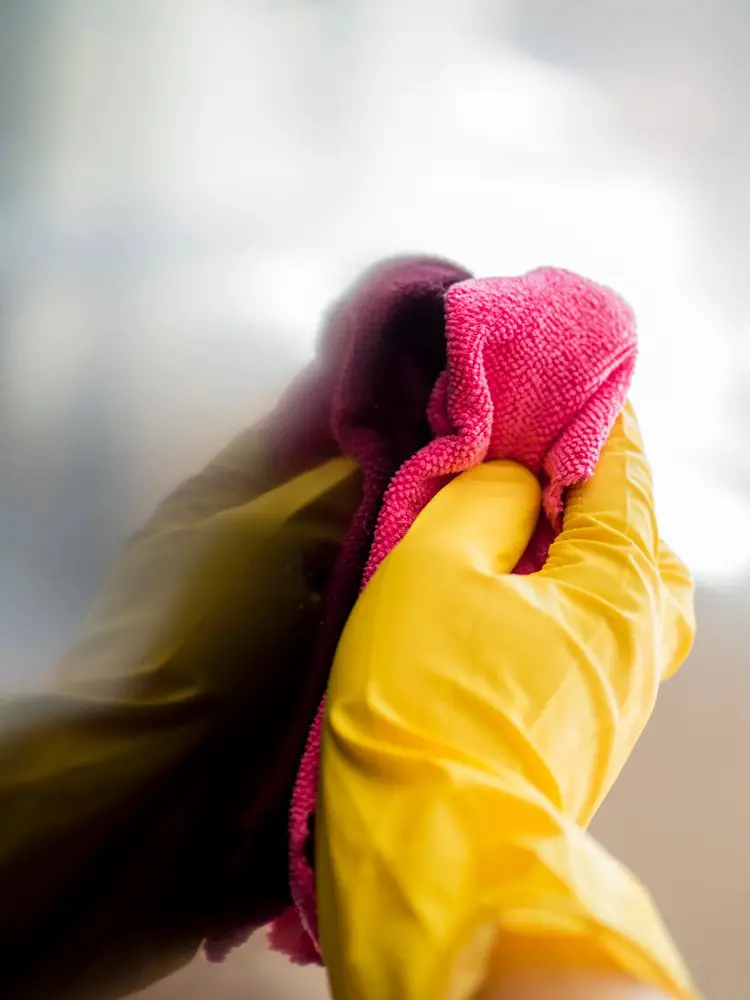
If the paint gets on your window glass accidentally or intentionally, removing it can be tricky.
To remove dry erase paint from windows:
- Use a soft cloth to wipe away any loose particles.
- Apply rubbing alcohol onto the affected area using another clean cloth.
- Let the rubbing alcohol sit for 5-10 minutes before wiping off with a damp cloth.
- Repeat steps 2 and 3 until all of the dry erase paint has been removed.
Be sure not to use abrasive materials such as steel wool or scouring pads that could scratch your window surface while attempting this method.
Acrylic Paint Removal
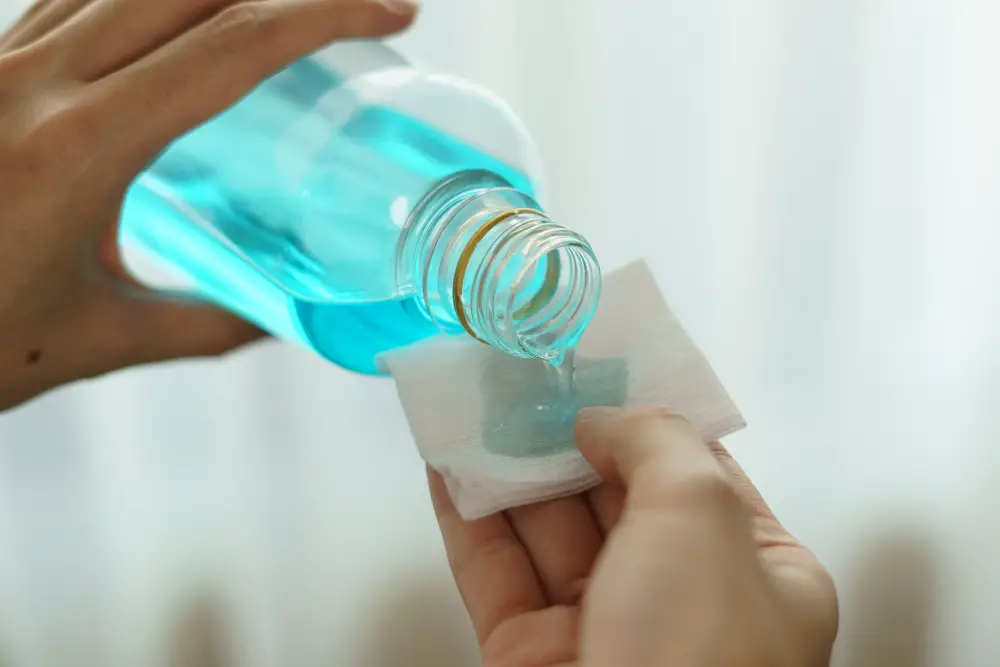
It can be a nightmare to remove once it dries on the glass surface. To remove acrylic paint from windows, you will need some rubbing alcohol or nail polish remover with acetone content.
Firstly, gather your supplies: cotton balls or swabs, rubbing alcohol/nail polish remover (with acetone), gloves (optional), and a scraper tool.
Next step is to apply the rubbing alcohol/nail polish remover onto the affected area using cotton balls/swabs until they are saturated. Let them sit for about 10-15 minutes before scraping off gently with your scraper tool.
Repeat this process until all of the acrylic paint has been removed from your windowpane(s). Be sure not to use too much pressure while scraping as this could damage or scratch your glass surface.
Glass Paint Removal
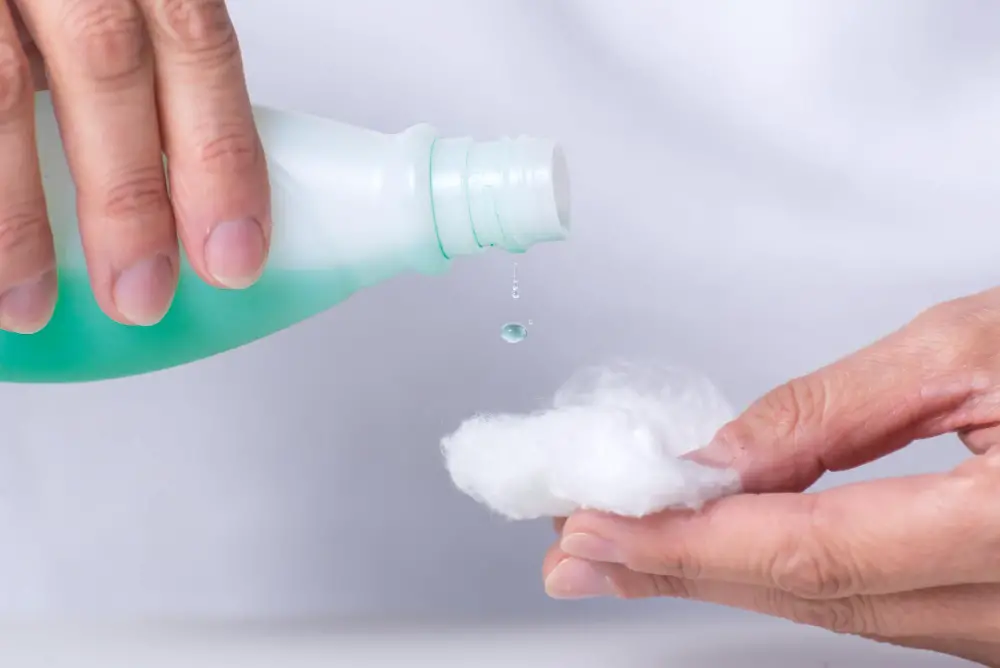
If you’re looking to remove it, the process can be tricky. The good news is that with the right tools and techniques, you can successfully remove glass paint from your windows.
To start with, gather some rubbing alcohol or acetone along with a scraper or razor blade. Apply the rubbing alcohol or acetone onto the painted area using a cloth or cotton ball and let it sit for several minutes until it softens up.
Next, use your scraper tool to gently scrape away at the softened paint in small sections at a time. Be careful not to apply too much pressure as this could scratch your window surface.
Repeat this process until all of the glass paint has been removed from your windowpane. Once done removing all of it then clean off any remaining residue by wiping down thoroughly with soap water solution followed by rinsing well using plain water.
Razor Blade Technique
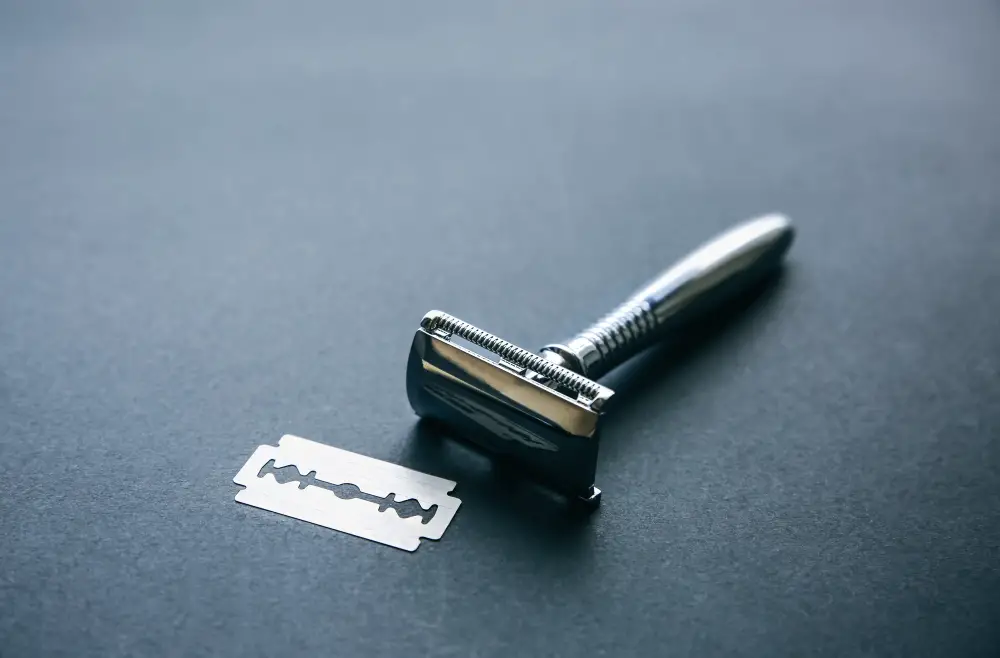
It involves using a sharp razor blade to carefully scrape off the paint without damaging the glass surface. To use this technique, you will need a new or sharpened single-edge razor blade, masking tape, and some rubbing alcohol.
Firstly, cover the surrounding areas of your window with masking tape to protect them from scratches or accidental damage during scraping. Then hold your scraper at an angle of 45 degrees against the glass surface and gently scrape away any visible paint spots in one direction only.
Be careful not to apply too much pressure as it can cause scratches on your window panes. Once you have removed all visible traces of paint using this method, clean up any remaining residue with rubbing alcohol or vinegar solution.
Using Rubbing Alcohol
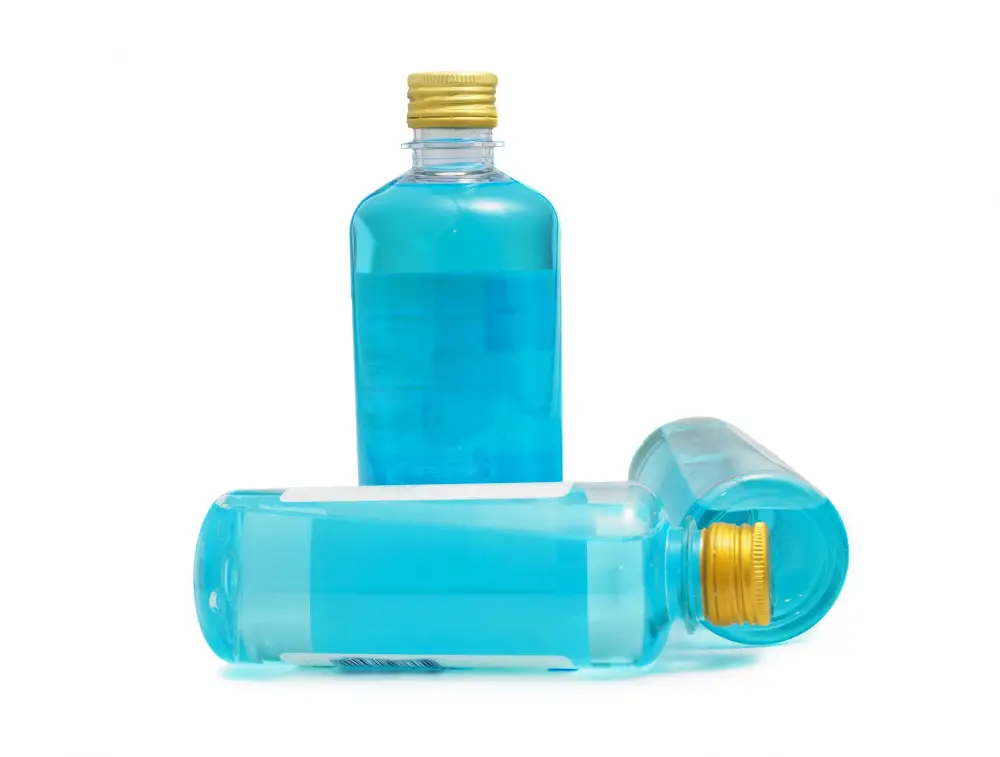
It works by breaking down the paint’s chemical bonds, making it easier to wipe away. To use rubbing alcohol for window paint removal, follow these simple steps:
- Dampen a clean cloth with rubbing alcohol.
- Gently rub the affected area in circular motions.
- Continue until all of the paint has been removed.
- Wipe down the window with a clean damp cloth.
It’s important to note that rubbing alcohol should only be used on glass surfaces and not on plastic or painted surfaces as it may cause damage.
Always wear gloves when handling rubbing alcohol and work in a well-ventilated area as its fumes can be harmful if inhaled excessively.
Vinegar Solution
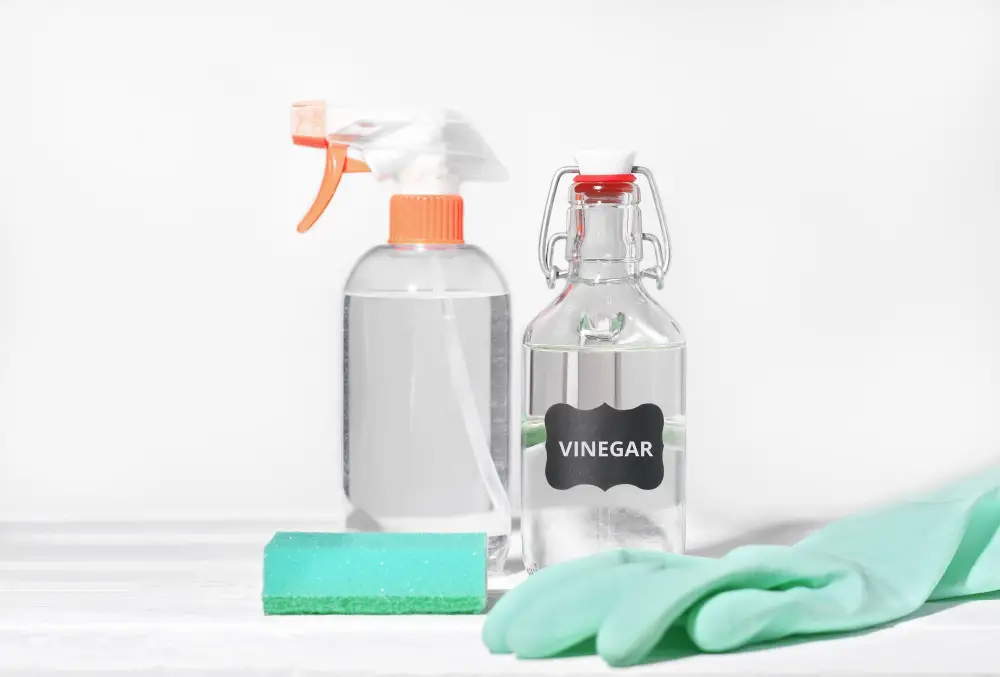
To create a vinegar solution, mix equal parts of white vinegar and water in a spray bottle. Spray the solution onto the painted area and let it sit for 10-15 minutes before wiping it away with a clean cloth or paper towel.
For tougher stains, you can add baking soda to the mixture to create an abrasive paste. Apply this paste directly onto the paint stain using a soft-bristled brush or sponge, then rinse off with warm water.
One thing to keep in mind when using vinegar as a cleaning agent is that its acidic properties may damage certain types of window frames or finishes over time. Always test on an inconspicuous area first before applying it liberally.
Scrubbing With Soap and Water
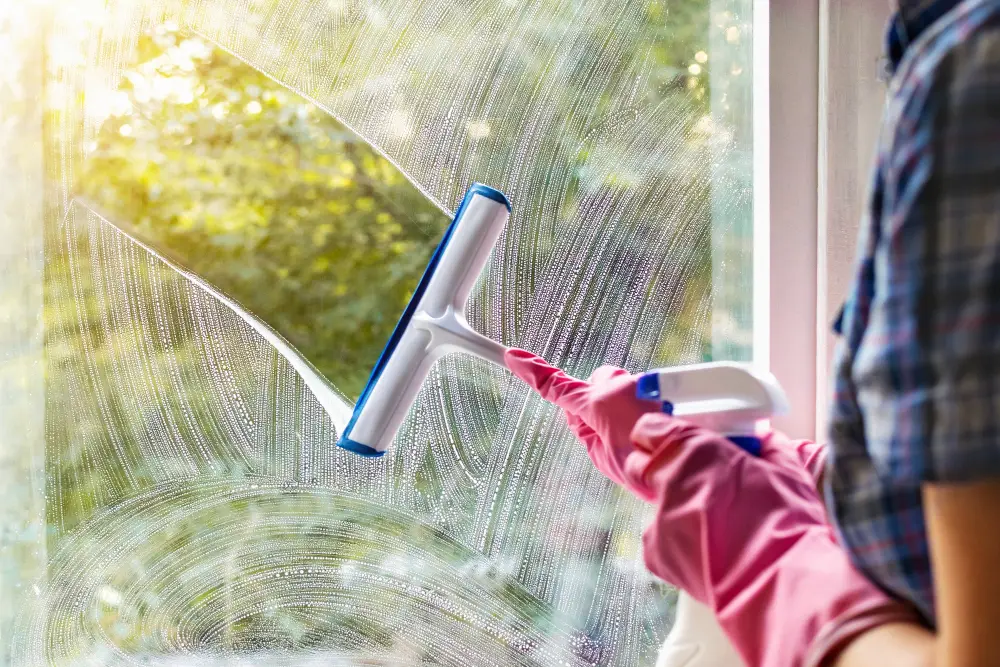
This method works best for water-based paints such as tempera or washable kids’ paints.
To get started, gather some mild dish soap or liquid hand soap along with warm water in a bucket. Dip a soft-bristled brush into the soapy mixture and gently scrub the painted area in circular motions.
Be sure not to apply too much pressure as this can scratch your windows.
Once you’ve thoroughly cleaned the affected area, rinse it off with clean water using a sponge or cloth. Dry it off completely using another clean cloth.
This technique may require multiple attempts depending on how stubborn the paint stains are but is generally safe for most types of glass surfaces without causing any damage.
Wiping With Mineral Spirits
It is an effective method for removing dried-on paint stains that have been left on the glass surface for some time.
To use mineral spirits, you will need to apply it directly onto the affected area using a clean cloth or rag. Allow it to sit on the stain for several minutes before gently wiping away with another clean cloth.
It’s important to note that mineral spirits can be harsh and may damage certain types of window frames or finishes if not used correctly. Always test in an inconspicuous area first and wear gloves when handling this chemical.
While this method can be effective, there are other alternatives available that may work better depending on your specific situation.
Utilizing Acetone
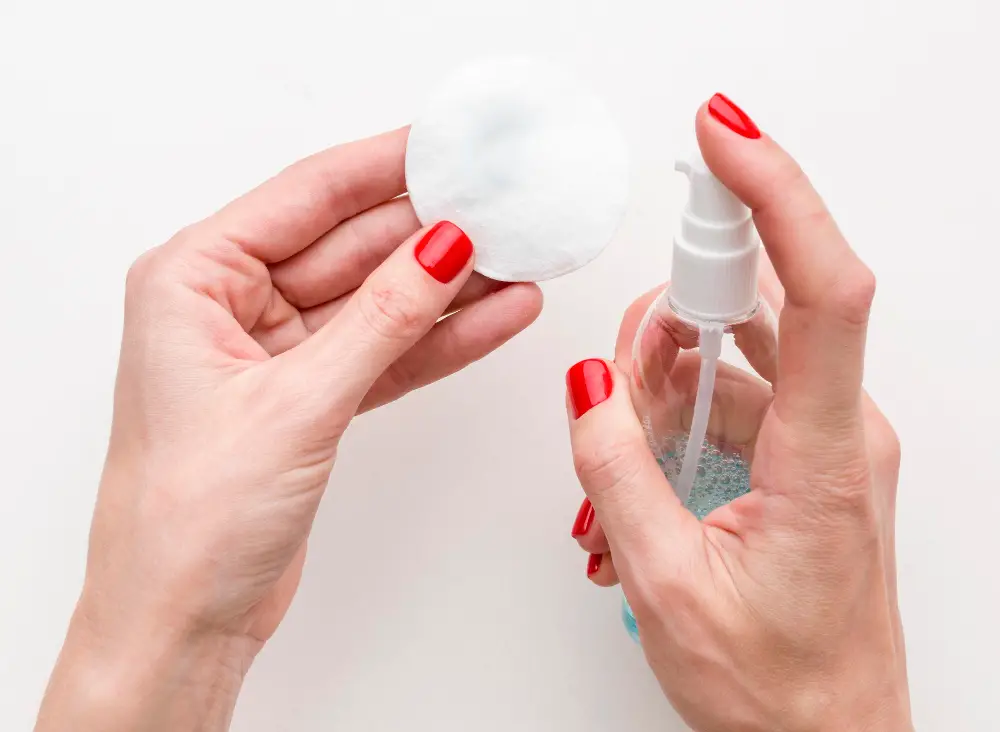
It should be used with caution as it can also damage the window frame and surrounding areas if not applied properly. To use acetone for removing paint, you will need to gather some supplies such as gloves, goggles, a scraper or putty knife and of course acetone.
Firstly ensure that your work area is well ventilated before starting the process. Put on your protective gear including gloves and goggles to avoid any contact with skin or eyes.
Next step is to apply the acetone onto a clean cloth or cotton ball then gently rub over the painted area until all traces of paint are removed. Be sure not to let too much liquid accumulate in one spot which could cause damage by seeping into cracks around frames.
Once done cleaning up all painted areas using this method make sure you rinse off any remaining residue thoroughly with water followed by wiping down dry using another clean cloth.
Commercial Cleaners

These products are specifically designed to dissolve and remove stubborn stains, including paint. However, it’s important to choose a cleaner that is safe for use on glass surfaces and won’t cause damage or discoloration.
When using commercial cleaners, always follow the instructions carefully and wear protective gloves to avoid skin irritation. Some popular options include Goo Gone Paint Remover, Krud Kutter Tough Task Remover, and Goof Off Professional Strength Remover.
While these products can be effective in removing window paint quickly and easily, they may also contain harsh chemicals that can be harmful if ingested or inhaled. Be sure to keep them out of reach of children and pets.
Commercial cleaners can be a convenient solution for those who want fast results without having to mix their own cleaning solutions at home.
Natural Alternatives
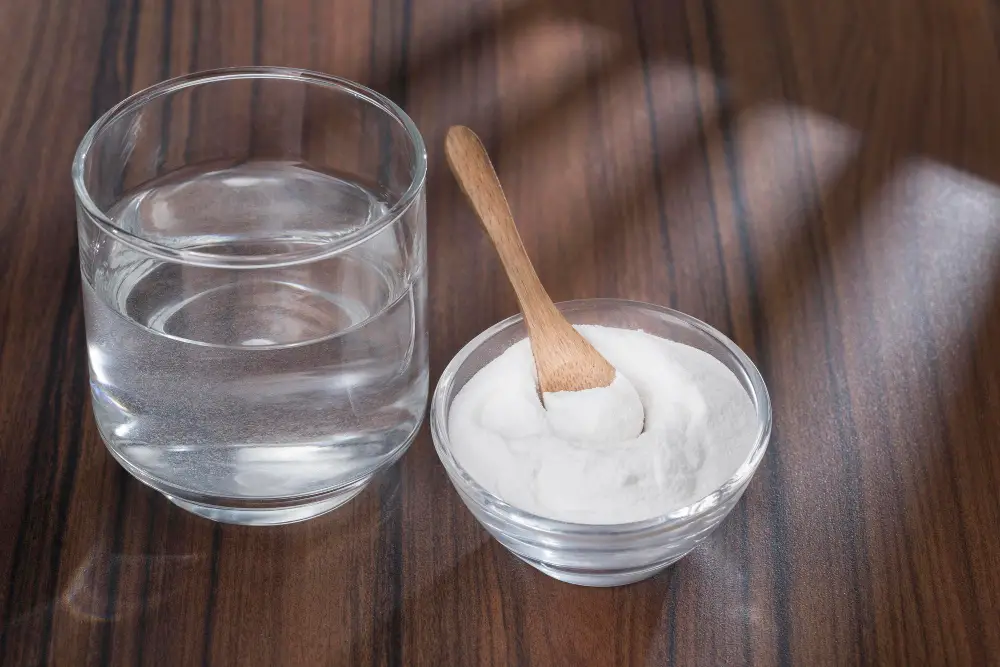
One of the most effective is using a mixture of baking soda and water. Simply mix equal parts baking soda and water to create a paste, then apply it directly onto the painted area with a cloth or sponge.
Let it sit for 10-15 minutes before scrubbing gently with warm soapy water.
Another option is using vinegar as an all-purpose cleaner. Mix one part white vinegar with two parts warm water in a spray bottle and spritz onto the painted area.
Allow it to soak for 5-10 minutes before wiping away with a clean cloth.
Lastly, rubbing alcohol can also be used as an alternative solution by applying directly on the affected areas and letting them sit for some time before cleaning off thoroughly.
Safety Precautions

First and foremost, always wear gloves and protective eyewear when handling any chemicals or sharp tools. Make sure the area around your windows is well-ventilated to avoid inhaling fumes from cleaning solutions.
When using a razor blade or other sharp tool for scraping off paint, be careful not to apply too much pressure that could damage the glass surface underneath. It’s also essential to keep children and pets away from your work area during this process.
Lastly, if you’re unsure about which method is best suited for your specific type of window paint or if you have concerns about damaging your windows in any way while attempting removal on your own – consider consulting with a professional before proceeding further.
Preventing Paint Damage
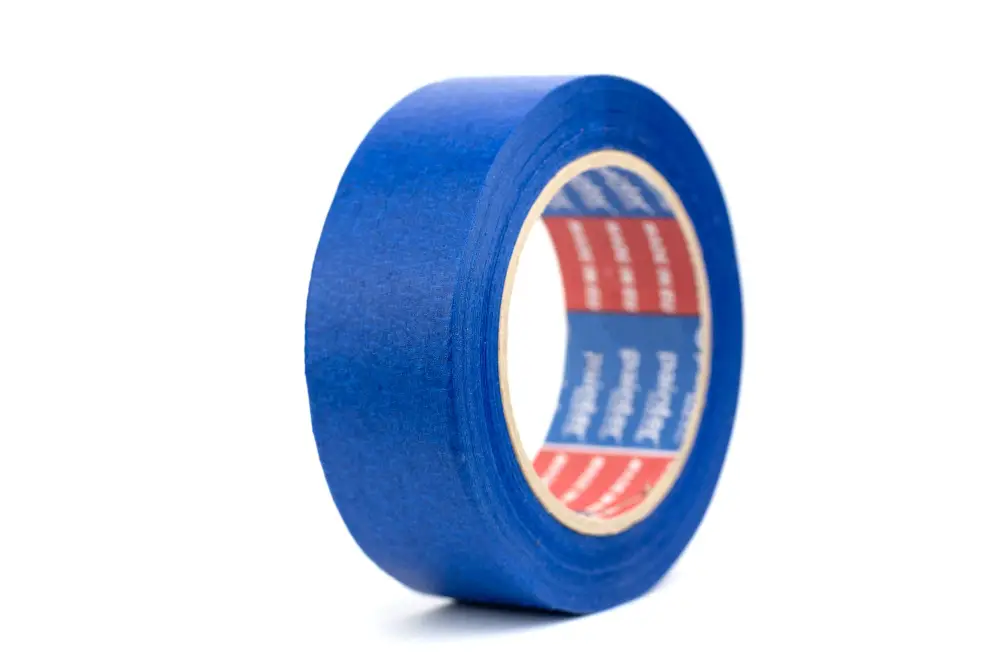
One of the easiest ways is by using painter’s tape or masking tape around the edges of your window frames before painting nearby surfaces. This will help protect your glass from accidental splatters and drips.
Another way is by covering your windows with plastic sheeting or drop cloths during any home improvement projects that involve painting or staining. This will provide an extra layer of protection against stray droplets.
Be sure to clean up any spills immediately with a damp cloth before they have a chance to dry and adhere permanently onto the glass surface.
Window Care Tips
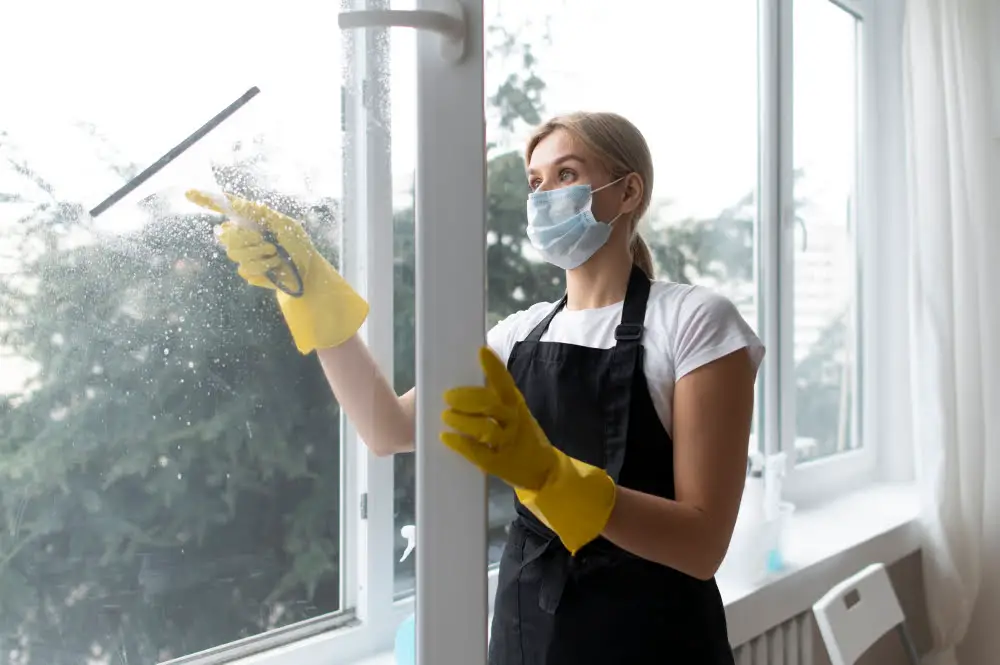
Here are some window care tips to keep in mind:
- Regularly clean your windows with a soft cloth or squeegee and mild soap solution.
- Avoid using abrasive cleaners or tools that can scratch the glass surface.
- Keep an eye out for any cracks or chips in the glass and repair them promptly to prevent further damage.
- Consider applying a protective film on your windows to reduce UV rays’ impact, which can cause fading of furniture fabrics over time.
Final Cleanup
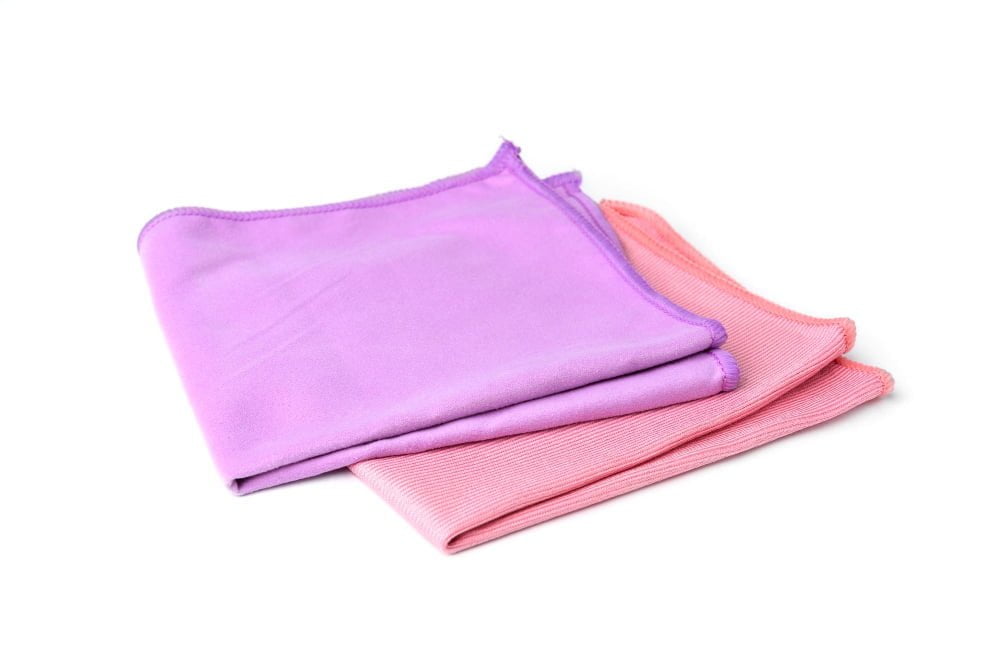
This step is crucial to ensure that no residue or streaks are left behind on your glass surfaces. Start by wiping down the window with a clean and dry microfiber cloth to remove any remaining cleaning solution or debris.
Next, use a separate cloth dampened with water to wipe down the entire surface of each window pane. Be sure not to leave any excess moisture on the glass as this can lead to streaking.
Take another dry microfiber cloth and buff out any remaining smudges or marks until your windows are crystal clear once again.
References
Some of these resources include online forums, expert blogs, manufacturer websites, and cleaning product reviews. I have tested some of the methods myself to confirm their effectiveness.
By referencing multiple sources and conducting personal experiments with different techniques for removing window paint stains safely without damaging your windows’ surfaces or frames.
Related Stories
- How to Get Gum Off Window: Easy Removal Techniques & Tips
- How to Remove Window Stickers
- How to Remove Paint from Aluminum Window Frame: Easy Steps for a Clean Look
- How to Unfreeze a Window: Easy Steps for Quick Solutions
- 15 Ideas: How to Clean Old Aluminum Window Frames
Recap

